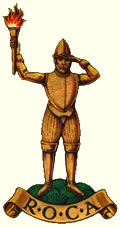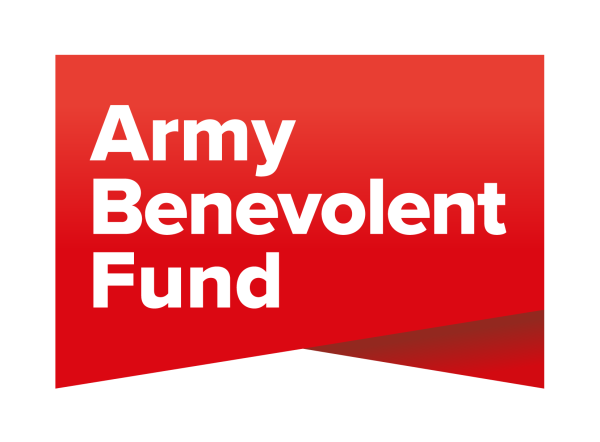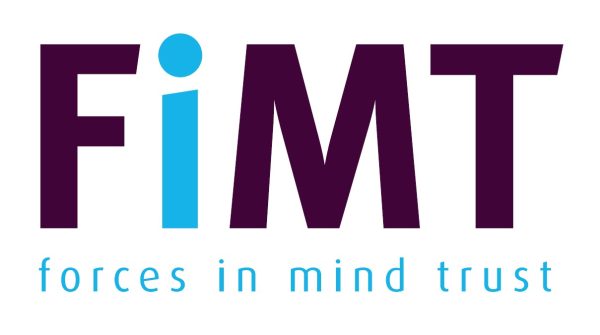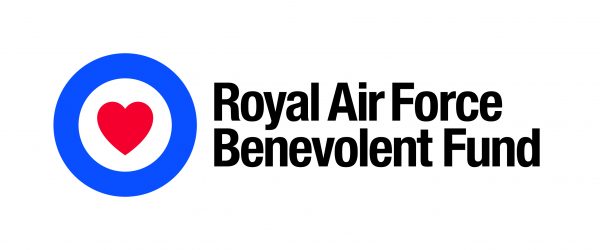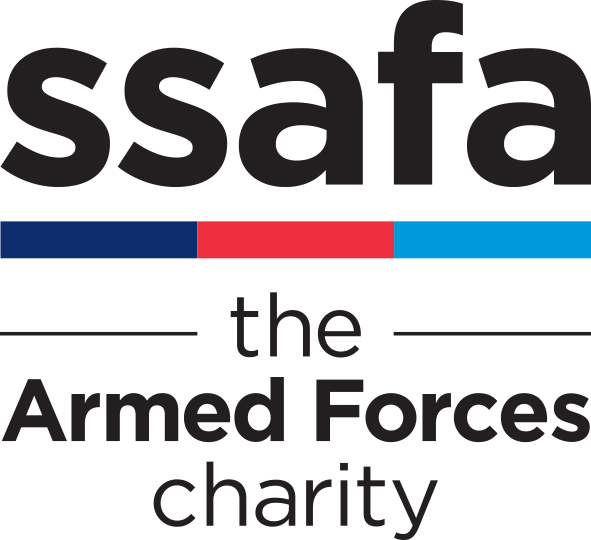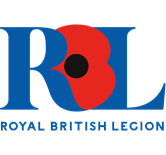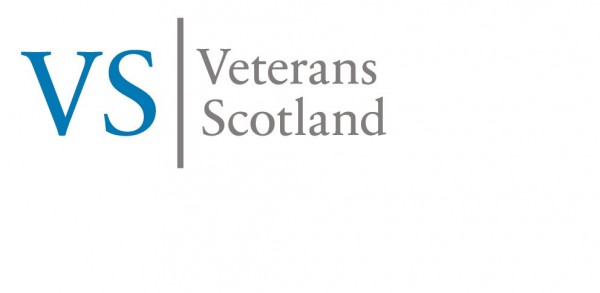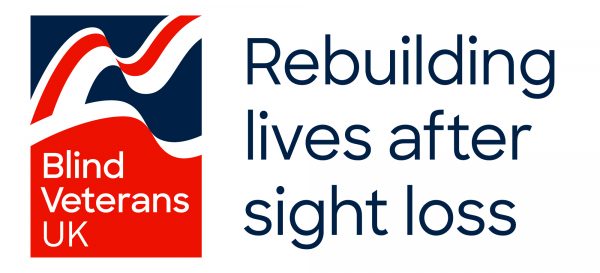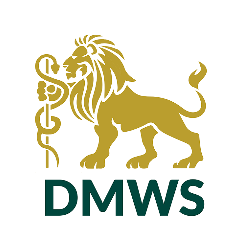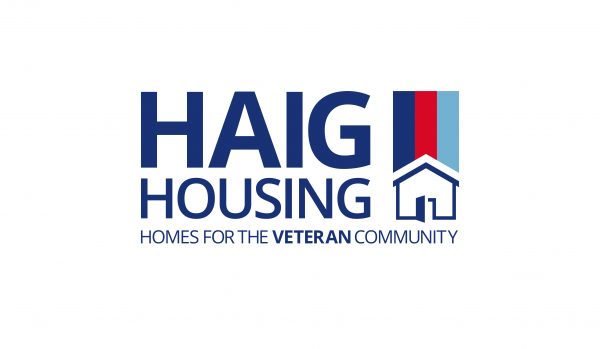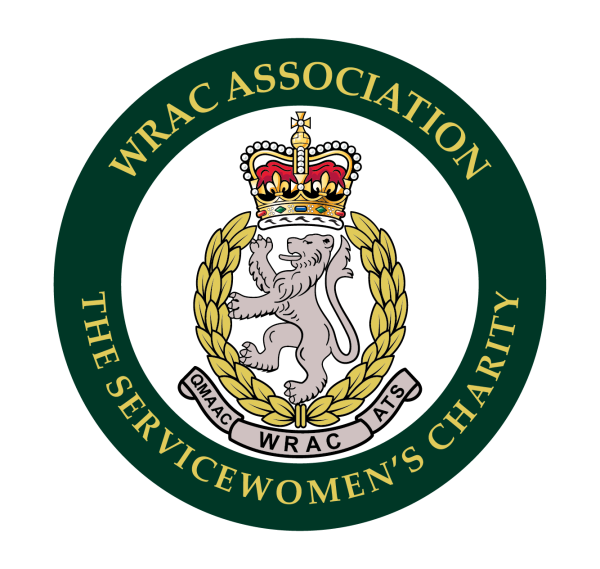On Saturday 18 May at 1300 hours at the National Memorial Arboretum, Croxall Road, Alrewas, Staffordshire, members of the Royal Observer Corps Association will march with their National and Group Standards down the Royal Observer Corps Grove, to hold a short service at the Seaborne Memorial and lay a wreath to pay tribute to the 796 Observers who became enrolled in the Royal Navy with the rank of Petty Officer / Aircraft Identifiers and sailed with the allied invasion forces taking part in Operation Overlord – the codename for the invasion and liberation of occupied Europe.
During the service we will pay our respects to the two fatal casualties, J. J. B. Bancroft who was aboard Motor Vessel Derry Cunily, which was mined and sunk on 24 June 1944, and W. V. Salter who was killed and lost at sea, when the SS Empire Broadsword was sunk by enemy action on 2 July 1944.
At a conference held at the Air Ministry on the 5 Aprill 1944 it was agreed that Royal Observer Corps personnel, experienced in aircraft recognition, would be deployed to merchant vessels, wearing Royal Observer Corps uniform with the shoulder flash SEABORNE, and a Royal Navy brassard with the letters RN. Their ages ranged from 17 to 70, the youngest being a schoolboy who, on discharge from the Seaborne Service, returned to the classroom. The Observers were prepared for their role as Air Identifiers at RAF Bournemouth which was based at the Royal Bath Hotel. Following training and testing of their aircraft recognition skills at Bournemouth they were posted to eleven different ports, with the majority being posted to Southampton, London and Cardiff.
Extract from the log of P.O. (A.I.) AWP Dearden aboard the SS Lucy Stone, anchored off UTAH beach.
Friday 9th D + 3
“1800 Started discharging landing craft. Yellow air-raid warning. There has been and still is a vigorous exchange of artillery fire. Grey-black pillars of smoke cover one part of the beach. Further inland huge columns of smoke rise – probably as a result of the fire from our heavy cruisers. The air reverberates with the bangs and thumps of guns and shells. Several spotter aircraft circle about inland.
2030 Two fighters appear out of the mist over the beach. I am on watch. Me. 109s!! I just have time to press the alarm before they rake the beach with cannon fire. They disappear into the mist, hotly engaged from the beach. In two minutes, they are back again, racing through the clouds towards the ships. A tremendous concentration of fire instantly opens up – including our own 20 mm’s. Smoke pours from one Me., it stands on its tail, then spins vertically into the sea. The second one swerves away, then dives to the beach like a flaming comet. Both down!! …”
In recognition of their good services as Aircraft Identifiers during the invasion of France, ten Seaborne observers were mentioned in dispatches. The citation in the Supplement to the London Gazette of 10 October 1944 went on to state
“These awards are made as a token of the good work of those members of the Royal Observer Corps who temporarily joined the Royal Navy for this service.”
